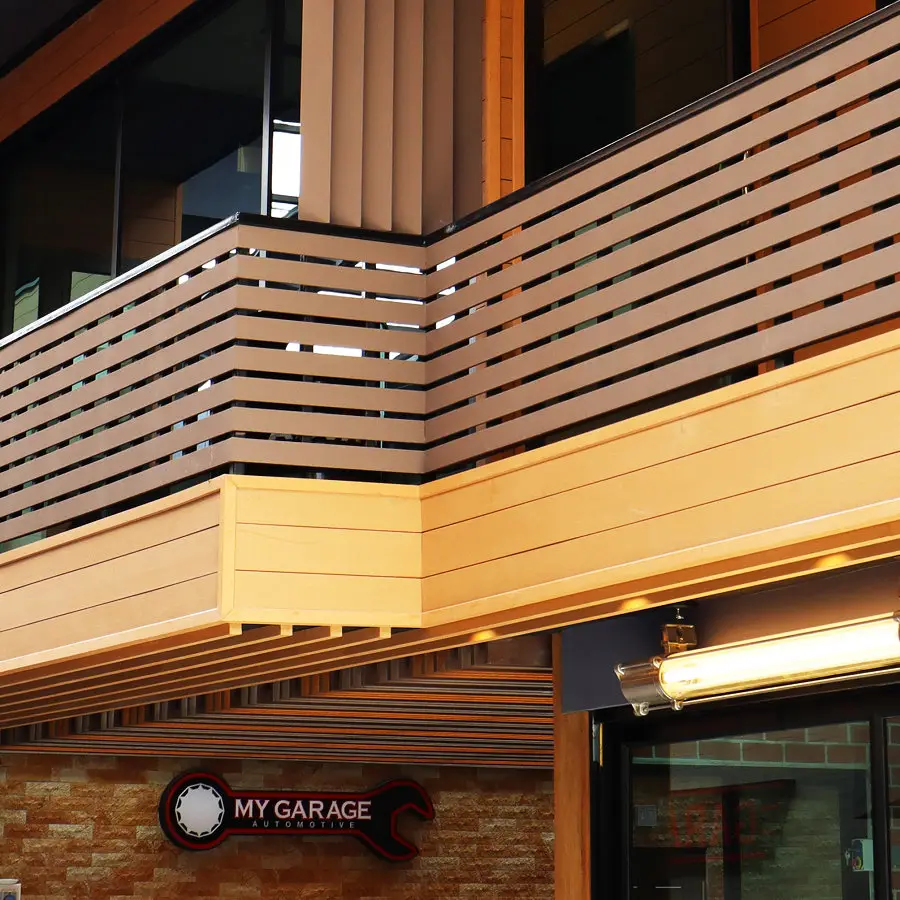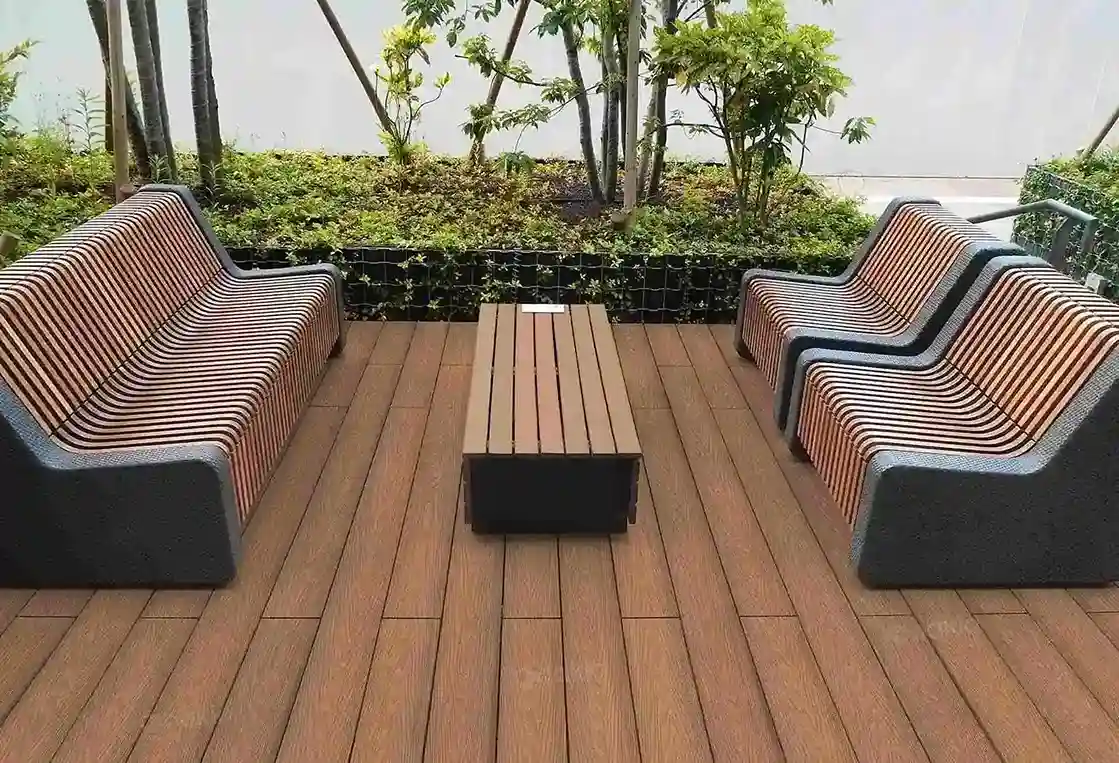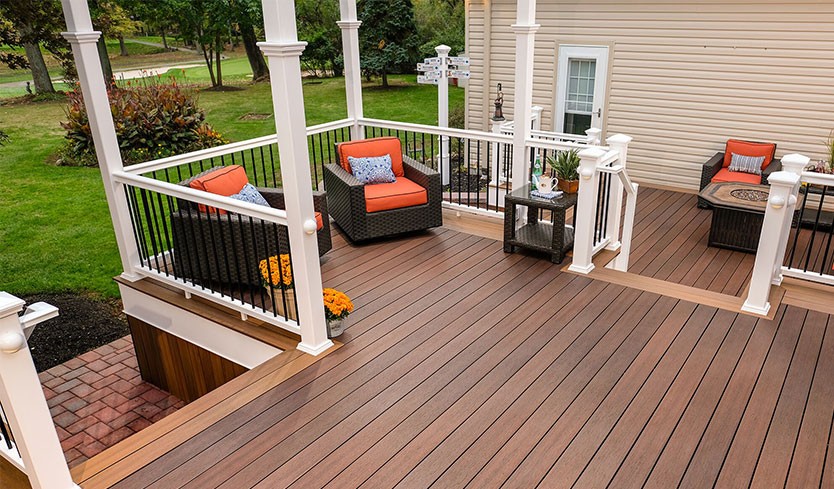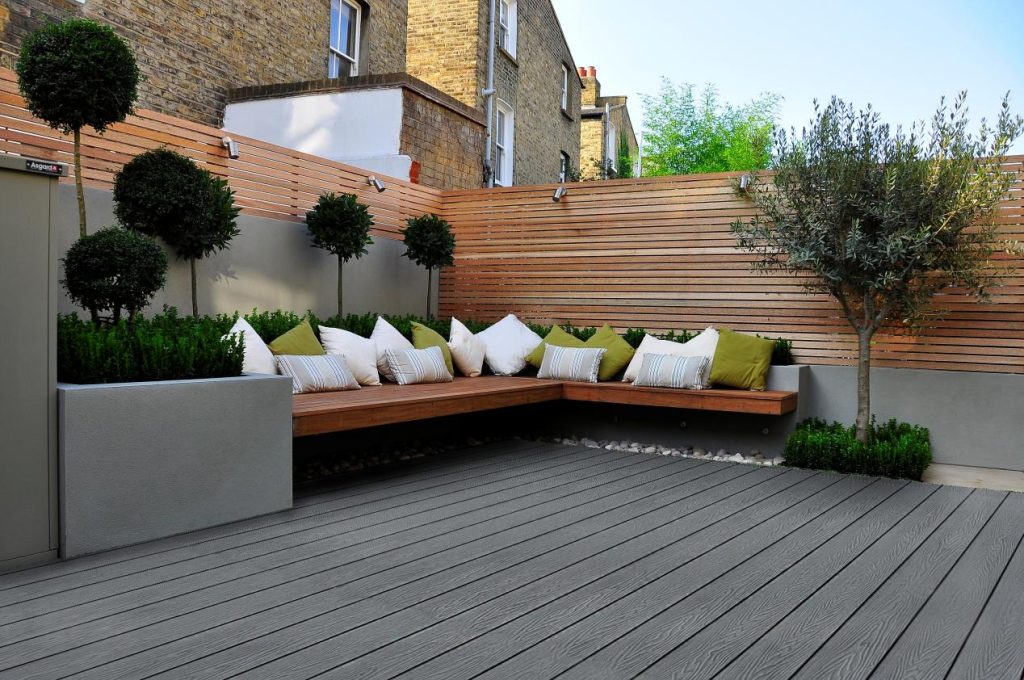Are you in the market for wood plastic composite (WPC) for your upcoming project? If you are, then you’ve come to the right place. This comprehensive piece provides insightful guidance on selecting the most suitable wood plastic composite for your specific application.
In other words, it offers valuable advice on how to identify a reputable and experienced manufacturer of wood plastic composite. Furthermore, it provides detailed information on the effective and secure installation of wood plastic composite.
By reading this article, you will gain opportunities to a wealth of knowledge that will not only save you time and money, but also empower you to make an educated and well-informed choice. This page is specifically designed to address the most frequently asked questions related to wood plastic composite, ensuring that you are equipped with the information you need to make the best decision for your project. Are you excited to dive in and expand your understanding of wood plastic composite? Let’s embark on this enlightening journey together!
Table of Contents
Q1: What is a wood-plastic composite?
A: A wood-plastic composite (WPC) is a material that is composed of wood fiber or flour and thermoplastic(s) (including PE, PP, PVC, or PLA). The wood fibers are typically derived from wood waste such as sawdust, pulp fibers, peanut hulls, bamboo, straw, digestate, etc. The plastic materials are usually recycled or virgin. The collection of wood and plastic in WPC gives birth to a durable and weather-resistant material suitable for various applications in outdoor decking, fencing, railing, as well as indoor furniture and flooring.
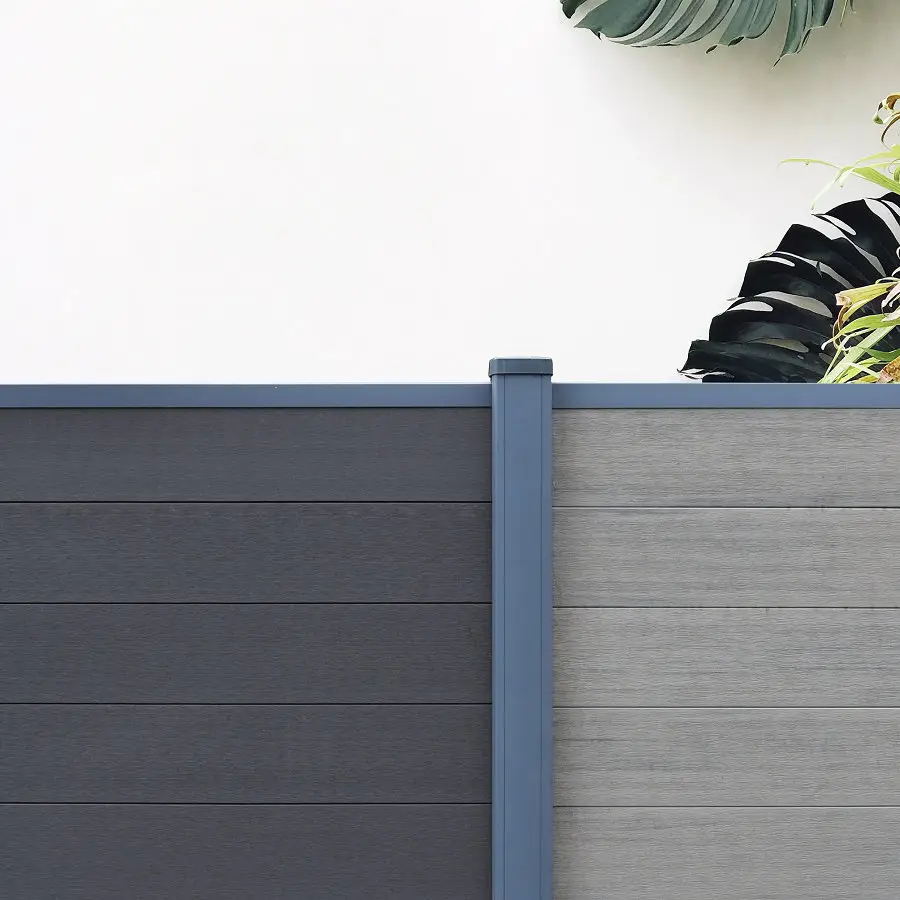
Q2: How are wood plastic composites different from regular materials?
A: Wood plastic composite (WPC) is an innovative material made of wood fiber or wood flour and thermoplastic(s) (includes PE, PP, PVC, or PLA). It offers superior durability, excellent weather resistance, and requires minimal maintenance compared to standard wood and plastic materials. WPC is highly resistant to fading, warping, and discoloration, which helps it turn into an ideal choice for outdoor applications and construction.
Q3: What materials are wood plastic composite composed of?
A: Wood plastic composite (WPC) is a material composed of finely ground wood fibers and heated thermoplastic resins. It often includes additives such as pigments and UV stabilizers to enhance its durability and aesthetic appeal. The combination of wood and plastic elements in WPC results in a versatile material that is feasible for a wide range of outdoor and indoor applications.

Q4: What are the advantages of using wood-plastic composite?
A: Wood plastic composite (WPC) offers a multitude of benefits that make it an attractive material for various applications. One of its crucial advantages is its exceptional resistance to rot, decay, and termite infestation, which significantly extends its lifespan compared to traditional wood. Additionally, WPC requires minimal maintenance, saving both time and money for the user. Furthermore, it boasts eco-friendly properties, as it is often composed of recycled materials and can be recycled at the end of its life, contributing to sustainability efforts.
Q5: Can wood plastic composite be used in high-pressure or high-temperature applications?
A: Yes, some wood plastic composites are specially designed and engineered to maintain their structural integrity and performance even under extreme conditions of high pressure and temperature. These advanced materials offer superior durability and stability, making them suitable for applications that require resilience in challenging environmental and industrial settings.

Q6: Are there any limitations to using wood-plastic composite?
A: Wood plastic composite (WPC) has many advantages as a building material, but it’s important to note some of its limitations. One drawback is that WPC is susceptible to scratches, which can impact its appearance and longevity. Additionally, prolonged exposure to direct sunlight can cause WPC to fade over time, affecting its overall aesthetic appeal.
Q7: Can wood plastic composite be customized for specific requirements?
A: Yes, wood plastic composite (WPC) offers the flexibility of customization in terms of color, texture, and size, allowing for tailor-made solutions to meet the specific requirements of each project. Whether it’s a particular shade of color, a unique texture, or specific dimensions, WPC can be personalized to create the perfect fit for your project.
Q8: What industries commonly use wood-plastic composite?
A: Wood-plastic composites are commonly utilized in a variety of industries including construction, automotive manufacturing, landscaping, and furniture production. They offer the benefit of combining the durability and versatility of wood with the low-maintenance and weather-resistant qualities of plastic, making them an ideal material for a wide range of applications in these industries.
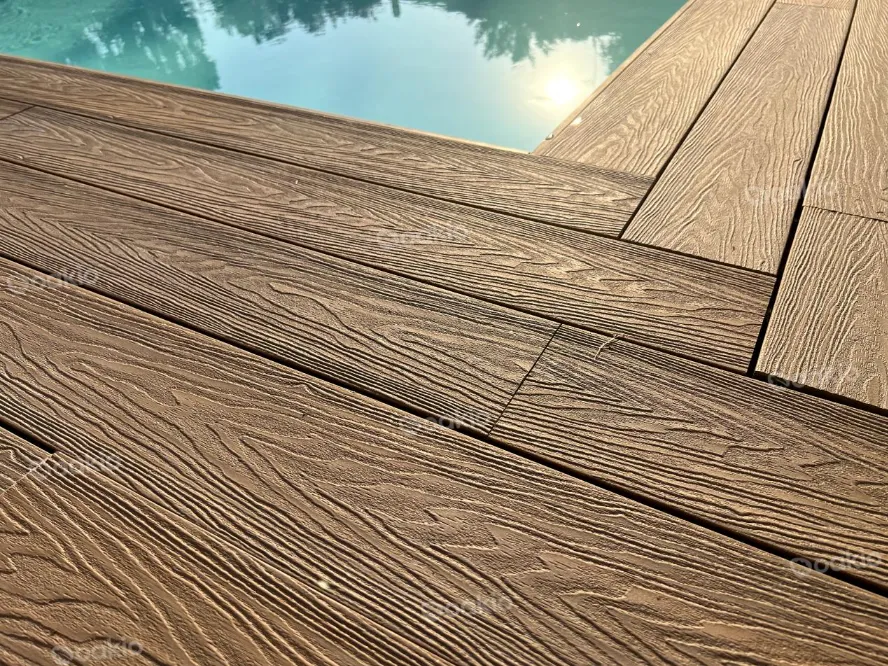
Q9: How are wood plastic composite installed?
A: Wood plastic composite (WPC) is a versatile material that can be easily installed using common woodworking tools and techniques. Whether you’re cutting, drilling, or fastening, you’ll find that working with WPC is quite similar to working with wood. Its compatibility with traditional woodworking methods makes it a popular choice for both professional builders and DIY enthusiasts.
Q10: What standards do wood plastic composite include?
A: Wood plastic composite materials are required to meet specific standards to ensure their quality and performance. These standards may include adherence to ASTM D7032 for assessing the physical properties such as strength, density, and hardness, and ASTM D7031 for evaluating flexural properties such as stiffness and resistance to bending. It is essential for manufacturers and users of wood plastic composite materials to ensure compliance with these standards to meet industry requirements and ensure product quality.
